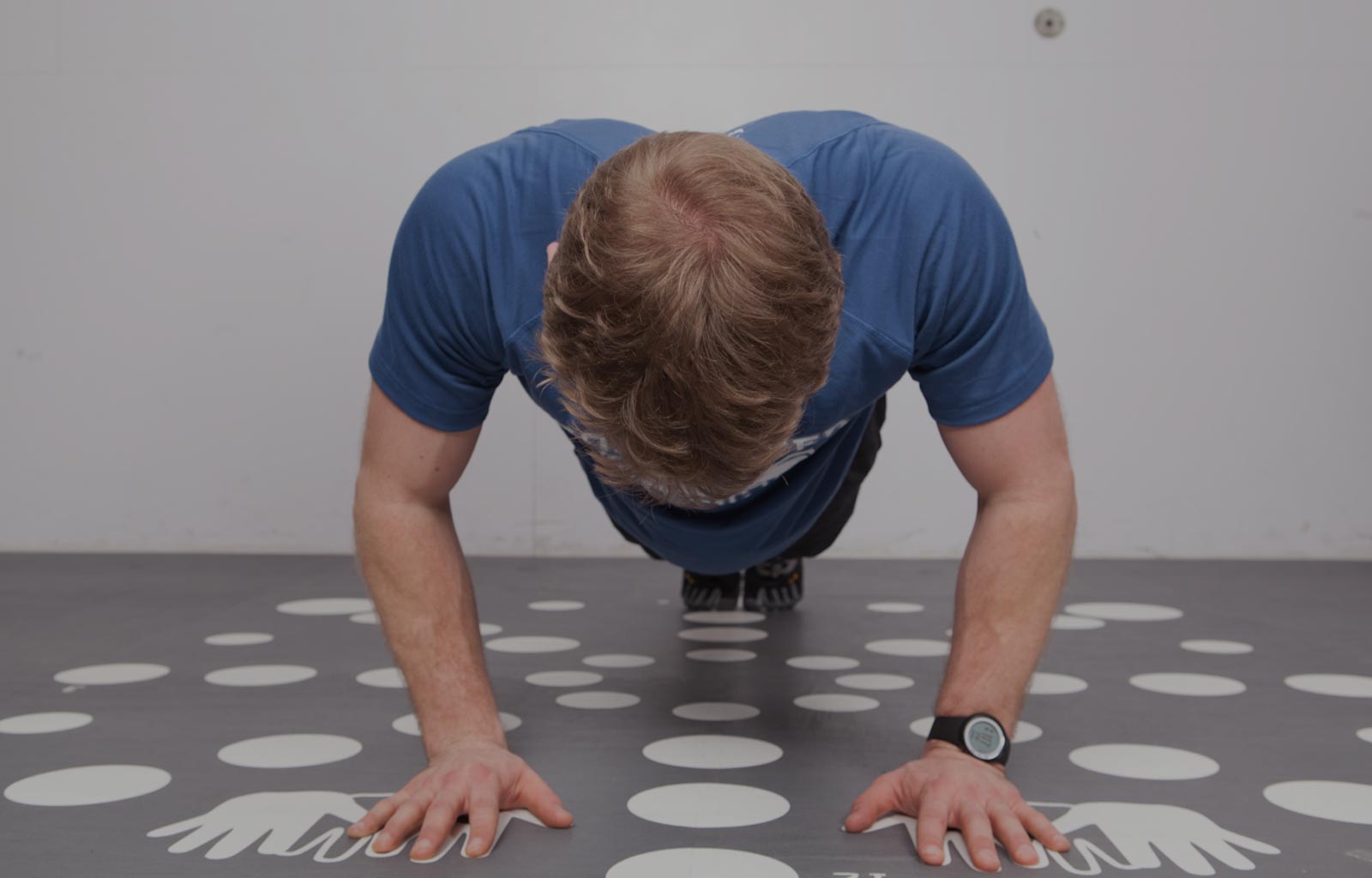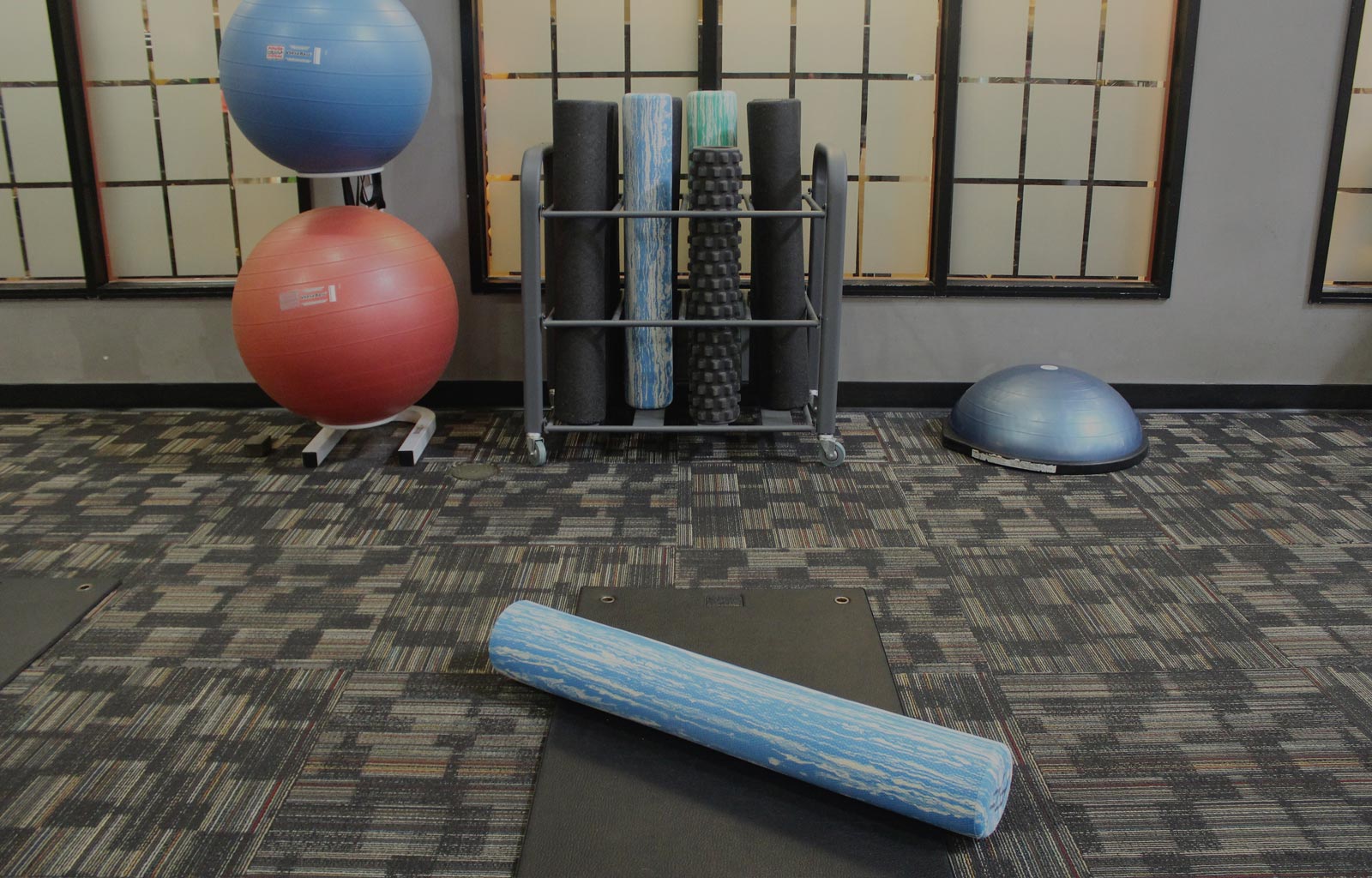Is sitting the new smoking? I feel fortunate that my job as a personal trainer does not require extended periods of sitting. Ironically, the most I ever need to sit is to write this blog. This, however, is not the case for many people around the world.
For a typical person, over half of their day is spent sitting. The average office worker sits 15 hours per day! According to the American Heart Association, sedentary jobs have increased 83 percent since 1950.
If you think about a typical day of an office worker that person probably has a commute to work which requires sitting, a day of sitting at an office computer followed by a commute back home which involves more sitting. When returning home that person might sit down to eat dinner and then to relax sit down to enjoy his or her favorite television show. You can see how the sedentary hours can really add up.
Another example could be a bus driver, uber driver, or rural mail carrier that spends hours every day driving around in a seated position. This modern age lifestyle can be very dangerous, and research has linked prolonged sitting or other sedentary behavior to diabetes, poor heart health, increased blood pressure, weight gain, depression, dementia, vascular problems, low back pain, spine issues and multiple cancers.
You might be asking, how much sitting it too much? According to the charity Just Stand, these thresholds determine a person’s risk of developing health problems due to sitting:
- Low risk: Sitting for less than 4 hours per day.
- Medium risk: Sitting for 4-8 hours per day.
- High risk: Sitting for 8-11 hours per day.
- Very high risk: Sitting for more than 11 hours per day.
If you are reading this and find yourself in one of the high-risk categories here are ten suggestions to help you get moving. The good news is you have now been enlightened to the fact that you are sitting too much throughout the day. Many of my clients that have never kept track of their steps before can be very surprised by how few steps they get during a typical day. Which brings me to the first tip…
- Get a tracker to see how many steps you are currently getting. I find that many of my clients with sedentary jobs are lucky to reach 5,000 steps per day. The CDC recommends that most adults aim for 10,000 steps which is the equivalent of ~ 5 miles. Once you know your baseline you can try to reach a new step goal.
- Try to break up sitting. For example, set your alarm for every 30 minutes to get up and move around.
- Whenever possible walk to deliver a message rather than emailing or calling on the phone.
- Take the stairs instead of the escalator or elevator.
- Use a standing desk or even better a walking treadmill. If you do not have a walking treadmill at work the RAC has two treadmill workstations that are upstairs and available for you to use.
- During phone calls stand up and walk or pace around.
- Instead of driving around the parking lot looking for the closest space to the building park in the back to add a few extra steps.
- Organize walking meetings when possible.
- Make physical activities like walking or playing at a park family events instead of watching TV.
- Take a walk or get physical activity on your lunch break.
Too much sitting can also take a toll on your posture. As a personal trainer I feel I have a pretty good eye and can usually tell when someone has a computer or sedentary job. Upper Cross Syndrome is a muscle imbalance caused by weakening and lengthening of the posterior upper back and neck muscles, combined with the tightening and shortening of the opposing anterior pectoral (chest) and neck muscles. Some of the signs of upper cross syndrome include an inward curving spine at the neck, shoulders that are rounded forward and protruding shoulder blades.
When I am working with clients with upper cross syndrome my goal is to relax the overactive muscles through foam rolling and stretching and strengthening the weak muscles. Outside of the gym I also tell my clients to make sure wherever they are sitting at work that they are in a good ergonomic setup because that is where they spend a big part of their day.
Slight changes in your daily habits can have measurable effects on your health! Knowledge is power. I hope by reading this blog you have been inspired to get off your chair or couch and get moving for better health.




